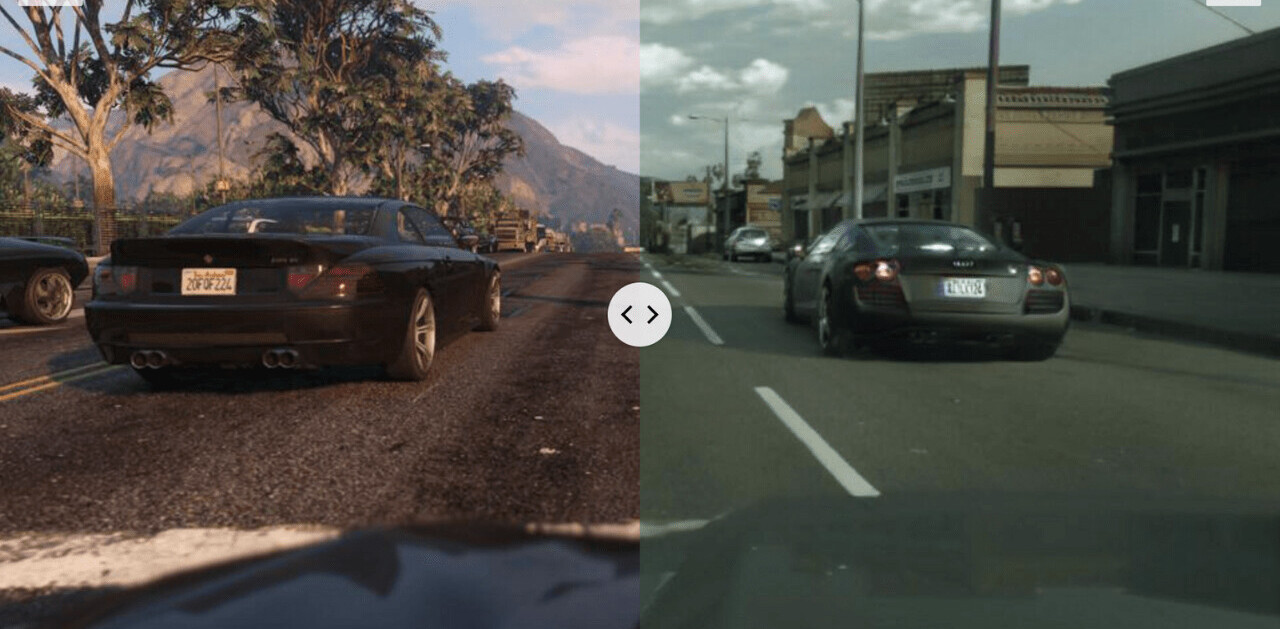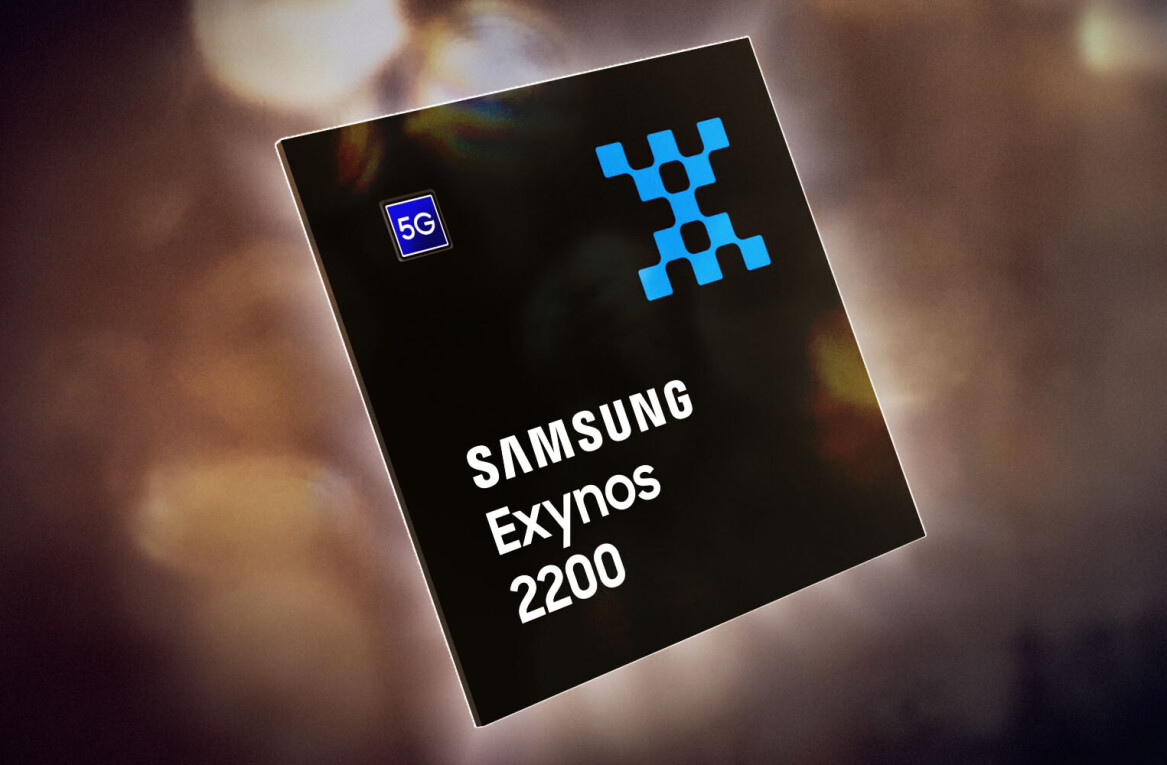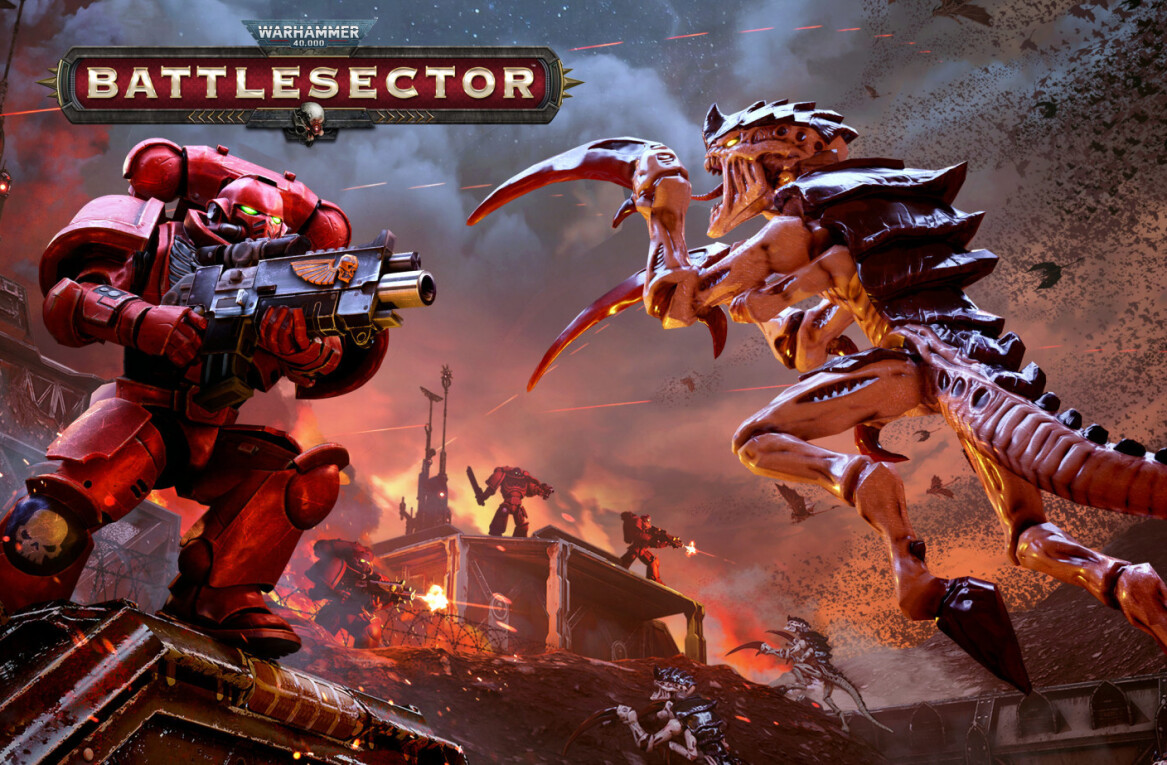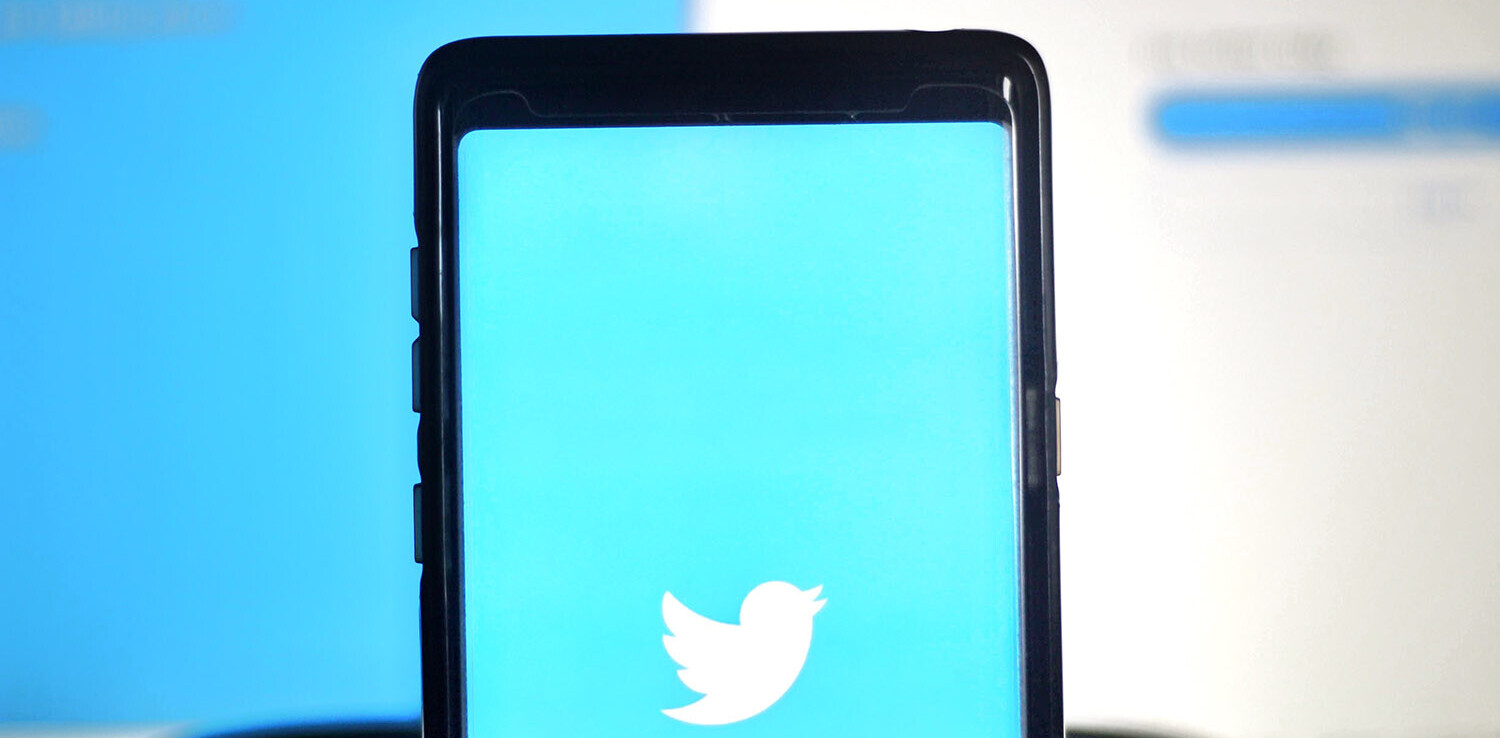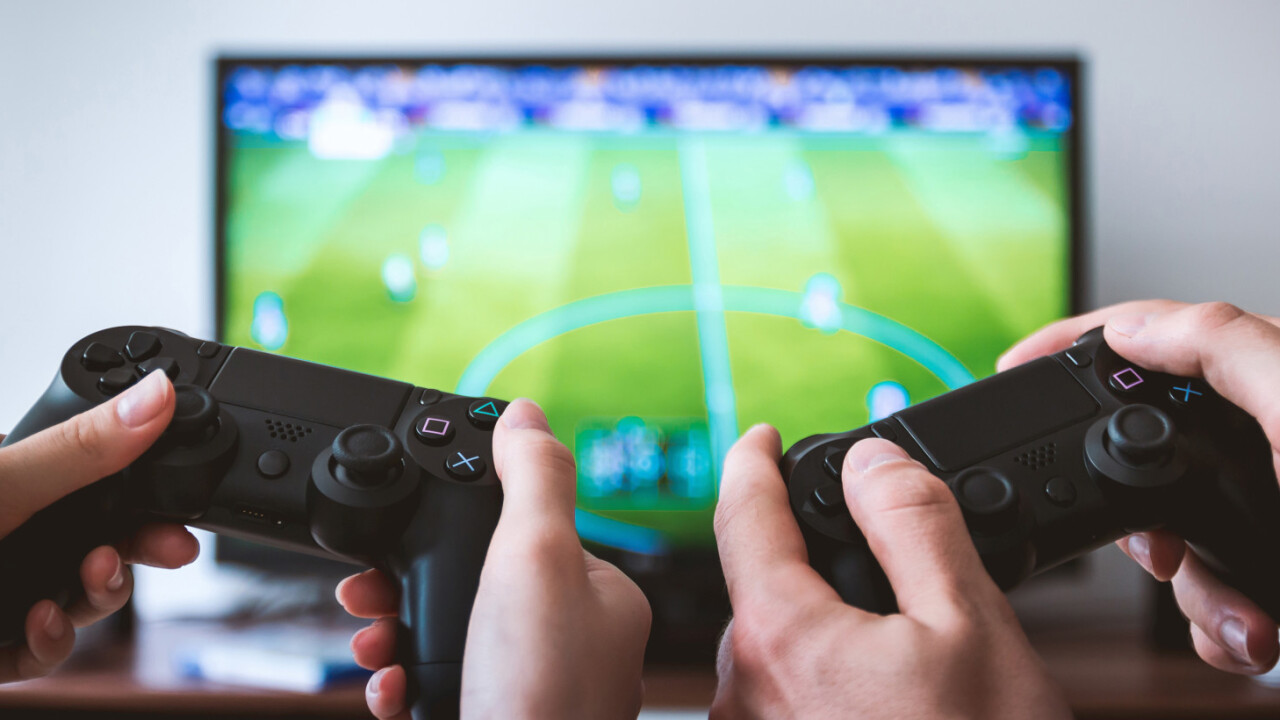
A study has shone a light on how many gamers have experienced harassment and hate while playing online games — and it’s a staggeringly high number. Still, it’s encouraging to see the nastiness has been balanced (at least to a degree) by positive interactions, such as burgeoning friendships and finding accepting communities.
The study, which was published by the Anti-Defamation League (ADL) and conducted with help from Newzoo, is based on survey responses from over 1,000 adults. It explores “the social interactions and experiences of video game players across America and details their attitudes and behaviors in a rapidly growing social space.” As to the results, the ADL says the high number of players who report harassment “should give the industry pause.”
The numbers aren’t very encouraging. 74 percent of the respondents reported that they’d experienced harassment, and 65 percent upgraded that to severe harassment. 67 percent also report being called names, 50 percent were discriminated against, and 44 percent were physically threatened — and, yeah, I gotta admit that sounds accurate from my own experiences and those of my friends. Of the fifteen games on the list, the game from which players reported the most harassment was Dota 2, followed closely by CS:GO and Overwatch. Dota 2 was also the game with the highest number of players who quit because of harassment.
The demographic that reported the most harassment was women (38 percent), which sounds about right in my experience. Women playing games in general are often targets of sexual harassment and rage from other gamers. Twitch streamers recently held an anti-harassment campaign called “SlutStream” to raise awareness for the kinds of nastiness women often face while gaming. The second most frequent targets were LGBTQ+ players.
But there is some light at the end: almost all of the respondents (88 percent) reported having a positive experiences while playing their games, too. “Positive” in this case means making friends, discovering new interests, feeling like part of a community, or helping other players. Again, that’s been my experience as well.
Still, the balance between the two can swing both ways. According to the ADL’s findings, 97 percent of players who quit or avoided a game because of harassment also had positive experiences. So they experienced the upsides of the community, but it wasn’t enough to keep them with the game.
As one possible solution, the ADL recommends game developers should develop a system that rates or gives warnings about their game’s online community. While that sounds like an admirable endeavor, it’d be difficult for the developers to be objective enough to judge their own community. Besides, it often takes a while after a game’s release before the collective attitude crystallizes.
The ADL also recommended greater research into how this harassment effects vulnerable people such as LGBTQ+ players.
Get the TNW newsletter
Get the most important tech news in your inbox each week.
